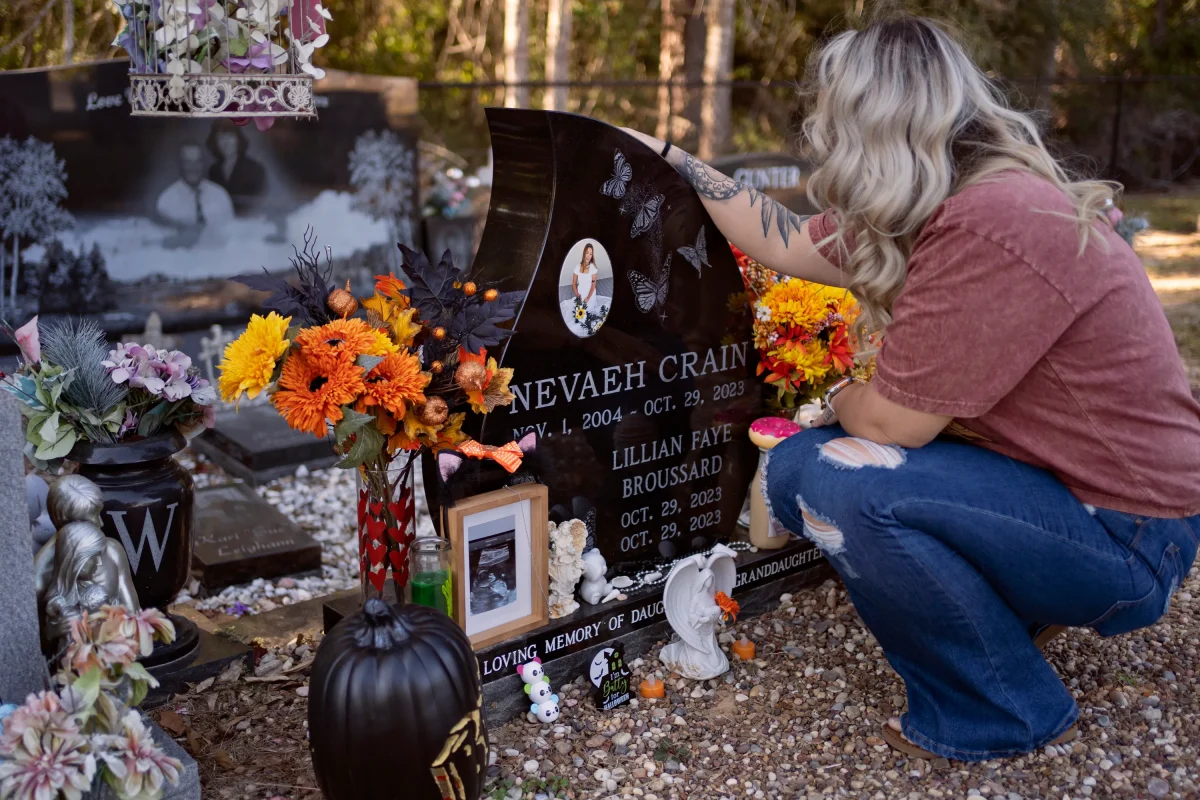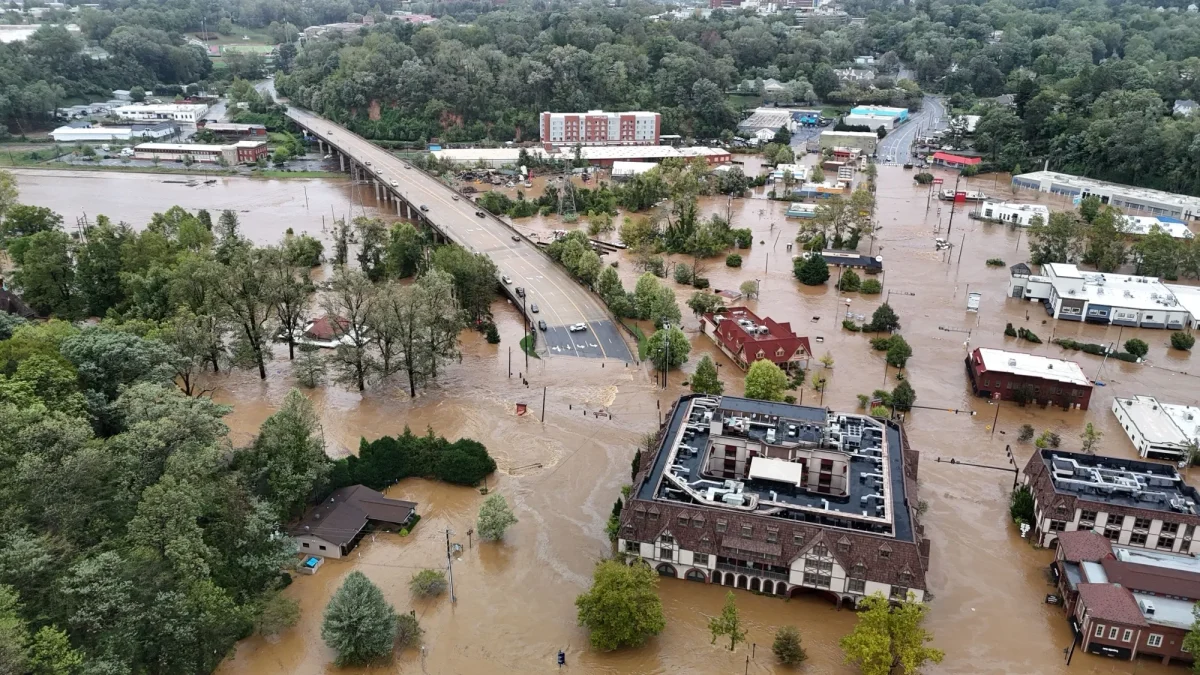Hurricane Helene left behind mass flooding in Asheville, North Carolina leaving the citizens of Asheville stranded and running out of resources. The storm was the most catastrophic to hit the Carolinas in a generation.
The people of Asheville are unable to leave town as all of the main routes going in and out of the city are blocked by mudslides. The majority of people in this area remain without power and unable to access running clean water. Volunteer workers have been handing out supplies including food and water to people so that they have an alternative source of it. For those who are harder to reach because of the mountainous area that they are in, a group of residents carried chainsaws to cut down the trees, creating a path for the mules to carry the supplies of food and water. “We’ll take our chainsaws, and we’ll push those mules through,” said Mike Toreberer to AP News.
In some areas of Asheville, the water rose up to 2 feet high. “Ten federal search and rescue teams were on the ground and another nine were on their way, while trucks and cargo planes were arriving with food and water,” said FEMA Administrator Deanne Criswell. The primary reason that Asheville or all of North Carolina was hit harder by Hurricane Helene than other southern states is due to the higher elevation and cool air of the Appalachian Mountains. “Asheville and many surrounding mountain towns were built in valleys, leaving them especially vulnerable to devastating rain and flooding. Plus, the ground already was saturated before Helene arrived,” said Christiaan Patterson, a meteorologist with the National Weather Service.
First responders across local and state governments, nonprofits, and organizations continue working to address the critical needs of survivors and their communities. Survivors may receive federal funds to aid with the purchase of essential items, repair property damage, and assistance for temporary housing.





































